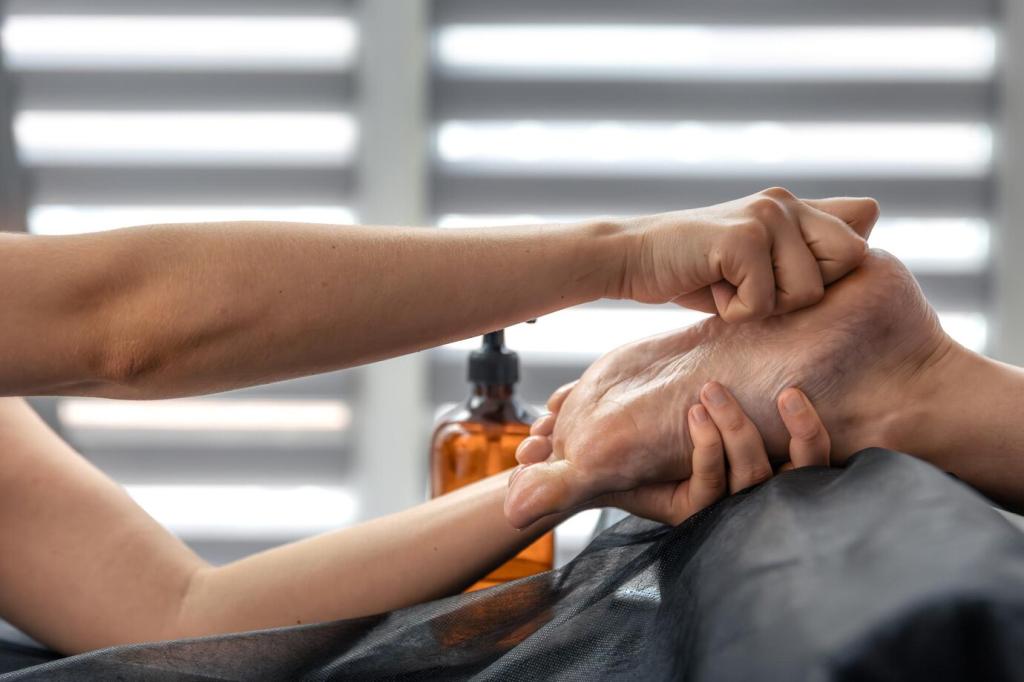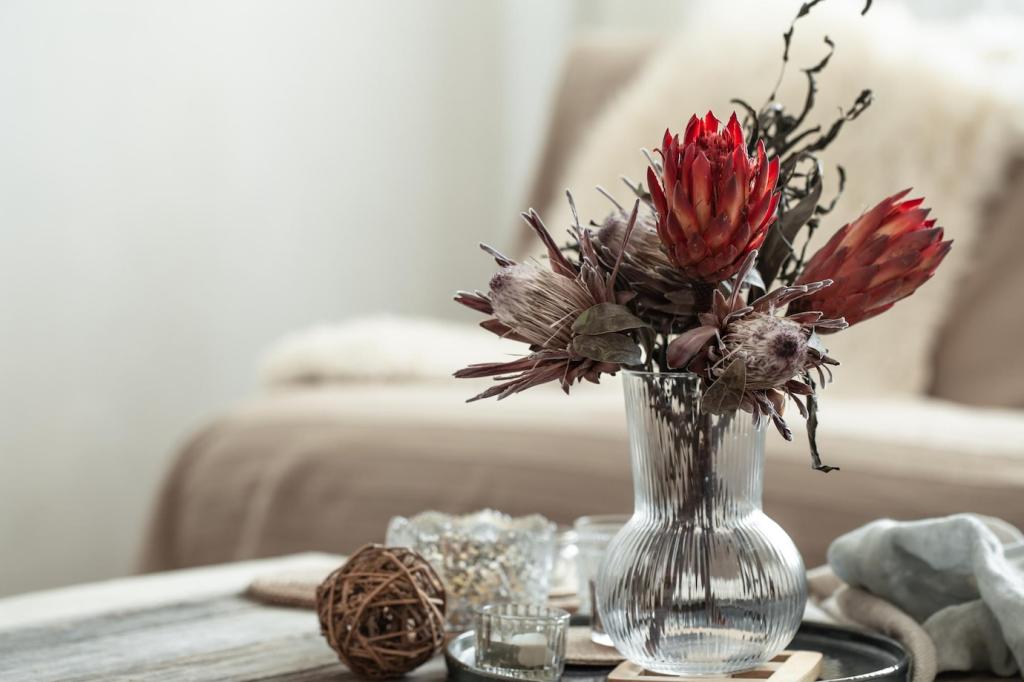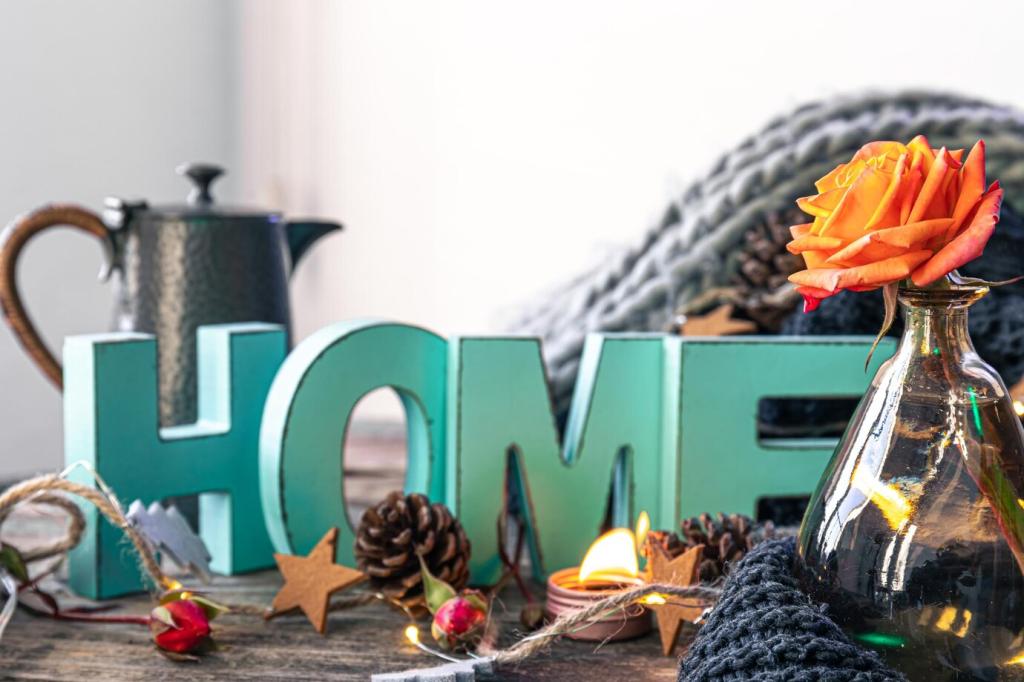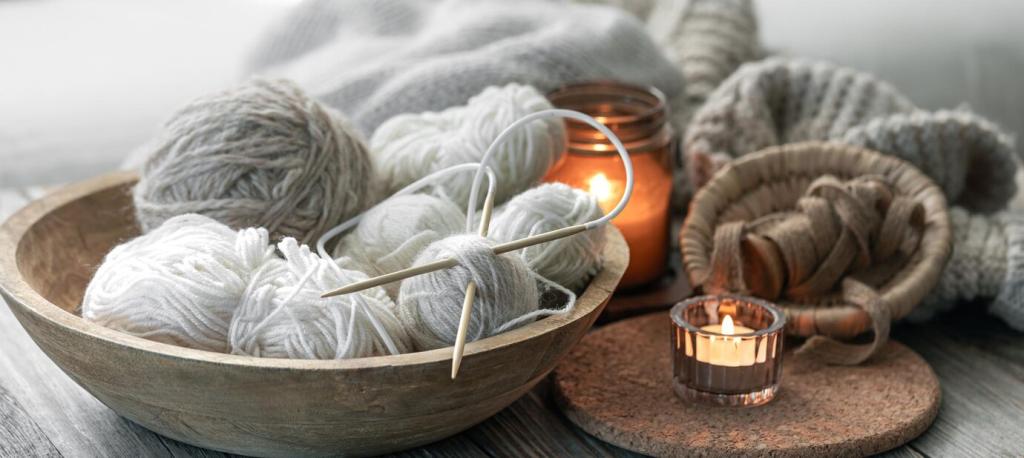The Impact of Nature-Inspired Elements in Therapy Rooms



Plants That Thrive in Therapy Spaces
Snake plants and ZZ plants tolerate low light, infrequent watering, and occasional neglect, making them perfect for busy schedules. Their sculptural leaves add structure without clutter. Start with one plant, observe client reactions, and gradually build your green corner.

Water, Sound, and Scent: Multisensory Nature Cues
Soft Water Movement and Attentional Reset
A quiet tabletop fountain can create a gentle auditory anchor, encouraging micro-resets without stealing focus. Choose easy-to-clean designs to protect hygiene and avoid mineral buildup. Have you tried water features? Share what worked and what surprised you.
Nature Soundscapes Without Distraction
Low-volume birdsong or distant rainfall can mask hallway noise while feeling organic. Avoid repetitive loops that become noticeable. Test with varied clients, especially those with sensory sensitivities. Post your preferred playlists or settings so others can learn from your setup.
Aroma Boundaries and Client Consent
Scents evoke memories; use them with consent and intention. Many spaces function best unscented, or with client-selected, subtle essential oils. Offer opt-in cards and test diffusion sparingly. Would you vote for unscented rooms? Join the conversation and explain your reasoning.
Natural Materials and Ethical Sourcing
Oiled oak, smooth river stones, and breathable wool invite grounding touch and visual calm. Keep touch items dedicated and sanitized between sessions. A single stone bowl on the table can cue presence. What grounding objects resonate in your practice?
Natural Materials and Ethical Sourcing
Choosing durable, responsibly sourced pieces models stewardship and consistency. Repairable furniture and natural finishes reduce waste while reinforcing stability. When environment mirrors values, clients feel integrity. Share your go-to vendors or practices that make sustainability feel attainable.


Light, Color, and Views: Designing for Regulation
01
Layered Lighting That Respects Trauma Sensitivity
Combine floor lamps, task lights, and dimmers to avoid harsh overhead glare. Warm color temperatures feel gentler in evening sessions. Invite client preference when adjusting levels. What lighting combination helps your clients settle most quickly? Share your setup.
02
Color Palettes Borrowed from Local Landscapes
Choose colors that echo nearby terrain: dune neutrals, forest greens, river blues. Local references feel familiar, grounding attention without distraction. Test swatches under day and evening light. Post photos of your palette and why it fits your environment.
03
Window Views, Privacy, and Boundaries
Views to trees or sky can soothe, yet privacy matters. Layer sheer curtains, frosted film, and tall plants to guard boundaries while preserving daylight. Consider acoustic sealing too. What privacy strategies kept your room both open and contained?
The Fern That Became a Conversation Starter
A teen client noticed a new fern frond unfurling and linked it to progress on difficult goals. The plant offered language when words felt scarce. Have objects sparked similar metaphors for you? Share your most meaningful room moment.
Sky Photos for Telehealth Grounding
For online sessions, one therapist invites clients to share a quick sky photo from their window. Naming shades and shapes creates a shared anchor. Try it this week and report back in the comments with what you noticed.
